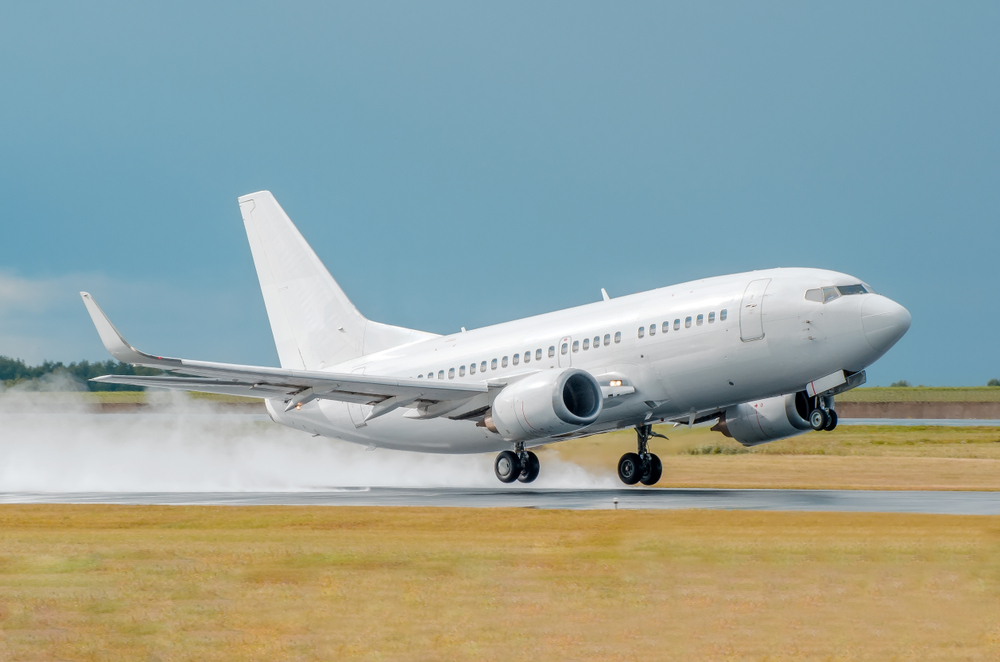
The Federal Aviation Administration (FAA) implemented the Takeoff and Landing Performance Assessment (TALPA) in October 2016 to evaluate wet runway conditions and distribute the information to pilots.
This system was extensively tested during the winter of 2016-17.
The testing has revealed some parts of the system that need improvement. Flight crews are supposed to be able to correlate runway performance data provided by aircraft manufacturers with the FAA’s runway condition assessment matrix. This is not always possible as many business aircraft are not yet supported by the system.
“TALPA was tested by major airlines, so they had years to develop landing performance data and establish internal processes to help their pilots apply it,” Rich Boll, chairman of the National Business Aviation Association Access Committee’s Airspace, ATC and Flight Technologies working group. “I don’t have the same data yet for the airplanes I fly.”
All multiengine airplanes can use the generic TALPA correction factors to determine a conservative, but approximate landing distance based on known manufacturer landing data. Only airport personnel report conditions using Runway Condition Codes.
TALPA is a decision-supporting, not decision-making tool, the FAA said, and pilots need to avoid providing air traffic controllers with the condition codes. Instead, pilots need to provide which of six braking actions they experienced.
Despite these issues, TALPA has received a positive response in the aviation industry.